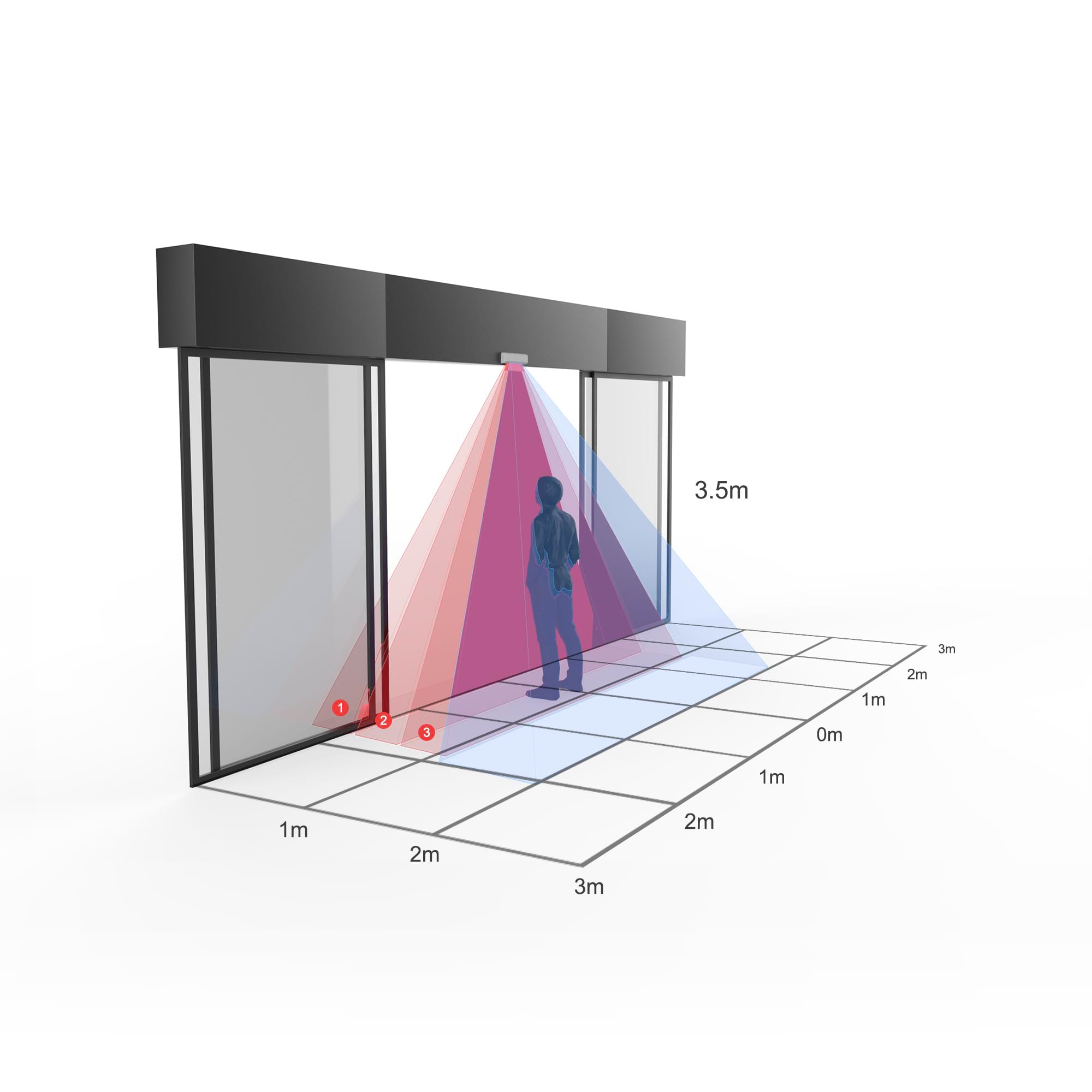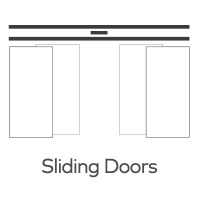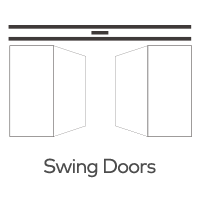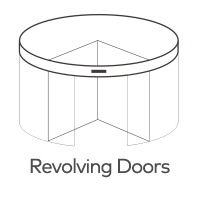How sensitive are safety sensors for automatic doors to small objects?
Automatic doors are a common feature in commercial buildings, hospitals, airports, and other public spaces, providing convenience and accessibility. However, the absence of safety sensors on these doors can lead to significant risks and hazards. Safety sensors are crucial for detecting obstacles, ensuring smooth operation, and preventing accidents. Here’s a detailed look at the potential risks of not using safety sensors on automatic doors.

1. Increased Risk of Injuries
One of the primary functions of safety sensors is to detect the presence of people or objects in the door’s path. Without these sensors, the risk of injuries increases significantly.
Collision with Doors: Individuals, particularly children, the elderly, and those with disabilities, are at higher risk of being struck by doors that close unexpectedly.
Entrapment: People can get caught between the doors, leading to bruises, fractures, or more severe injuries.
2. Property Damage
Automatic doors without safety sensors can cause damage to property.
Damage to Personal Items: Bags, strollers, or shopping carts can get caught in the doors, resulting in damage to these items.
Damage to the Door Mechanism: Frequent collisions and obstructions can lead to wear and tear on the door mechanism itself, resulting in costly repairs and maintenance.
3. Legal and Liability Issues
Neglecting to install safety sensors can expose property owners to legal and liability issues.
Non-Compliance with Regulations: Many regions have building codes and safety regulations that require the installation of safety sensors on automatic doors. Non-compliance can result in fines and legal penalties.
Liability for Accidents: Property owners can be held liable for accidents and injuries caused by the absence of safety sensors, leading to lawsuits and compensation claims.
4. Reduced Accessibility
Automatic doors without safety sensors can hinder accessibility, particularly for people with disabilities.
Barrier to Entry: Individuals using wheelchairs, walkers, or other mobility aids may find it difficult or impossible to navigate doors that do not remain open long enough or close too quickly.
Increased Risk for Vulnerable Individuals: Elderly people and those with visual impairments rely on the predictability and safety provided by sensors to use automatic doors safely.
5. Negative User Experience
The absence of safety sensors can lead to a negative user experience, affecting customer satisfaction and business reputation.
Customer Inconvenience: Shoppers or clients who encounter difficulties or hazards with automatic doors may choose to avoid such premises in the future.
Damage to Reputation: Businesses may suffer reputational damage if they are perceived as unsafe or non-compliant with safety standards.
6. Operational Disruptions
Automatic doors without safety sensors can cause operational disruptions.
Frequent Malfunctions: Doors that frequently encounter obstacles without sensors to manage these situations may malfunction more often, leading to downtime and repair costs.
Interruption of Flow: In high-traffic areas, malfunctioning doors can disrupt the flow of people, causing congestion and delays.
7. Potential for Increased Costs
While omitting safety sensors may save on initial installation costs, it can lead to higher expenses in the long run.
Repair and Maintenance: Increased wear and tear on the door mechanisms can lead to more frequent and costly repairs.
Legal Fees and Settlements: The costs associated with legal action and settlements for injury claims can be substantial.
Insurance Premiums: Insurance premiums may increase if a property is deemed to have inadequate safety measures.
Conclusion
The potential risks of not using safety sensors on automatic doors are substantial, encompassing increased injury risk, property damage, legal and liability issues, reduced accessibility, negative user experience, operational disruptions, and higher long-term costs. Safety sensors are a crucial component of modern automatic door systems, ensuring the safety, convenience, and reliability of these doors in various settings. Property owners and managers should prioritize the installation and maintenance of safety sensors to mitigate these risks and comply with safety regulations.







